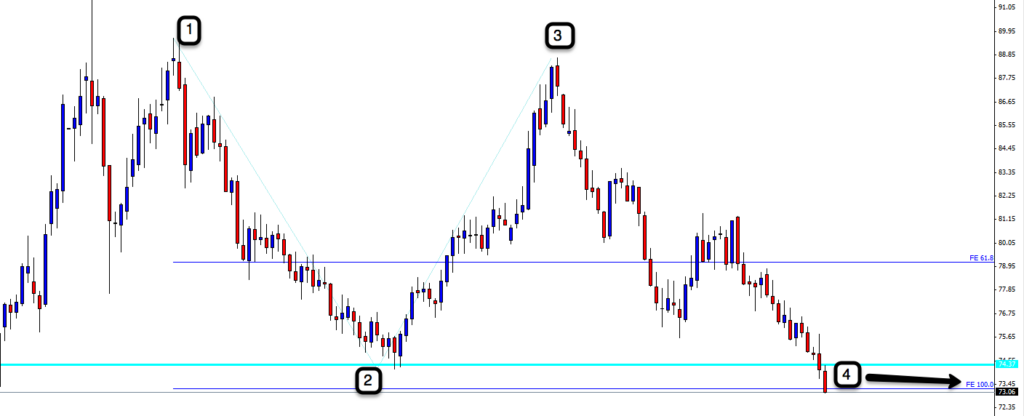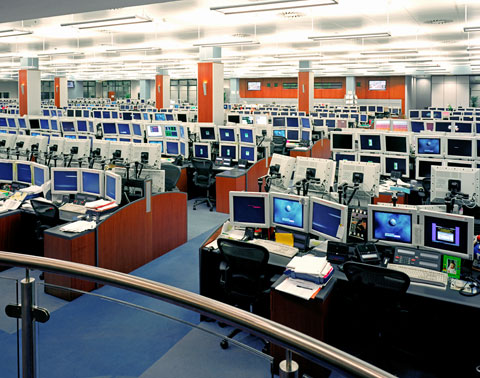
This gallery contains 0 photos →

This gallery contains 0 photos →

This gallery contains 2 photos →

This gallery contains 0 photos →

This gallery contains 0 photos →

This gallery contains 5 photos →

This gallery contains 0 photos →

This gallery contains 0 photos →

This gallery contains 0 photos →

This gallery contains 3 photos →

This gallery contains 0 photos →